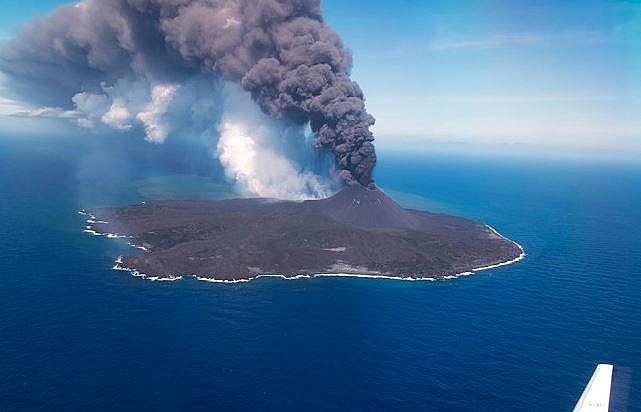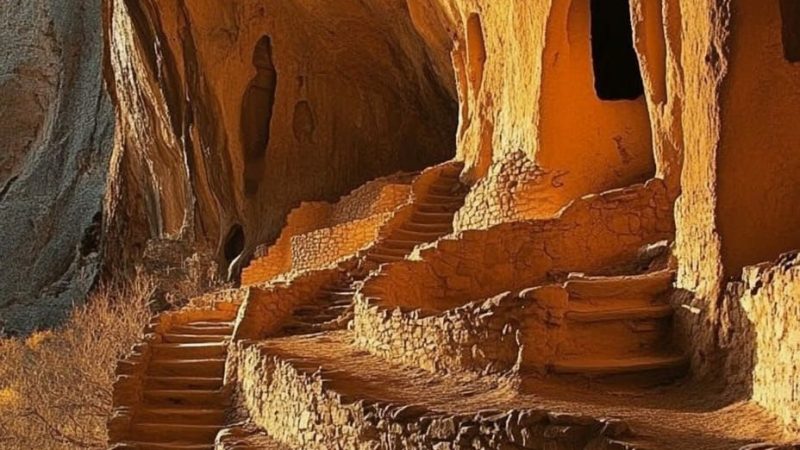
Beneath the vast expanse of Earth’s oceans lie hidden wonders that defy imagination, among them the awe-inspiring marvels known as underwater volcanoes, or seamounts. These submerged giants, concealed beneath the ocean’s surface, are geological enigmas that offer a unique glimpse into the dynamic forces shaping our planet. In this article, we embark on a journey to explore the mysteries of these submerged fire mountains, delving into their formation, significance, and the exceptional ecosystems they nurture.

Underwater volcanoes owe their existence to the same geological processes that give rise to their terrestrial counterparts. They form as a result of tectonic plate movements beneath the ocean’s surface. When two tectonic plates diverge, molten magma from the Earth’s mantle rises to fill the void, gradually solidifying to create the volcanic structures we see. These submerged volcanoes exhibit a diverse range of sizes, shapes, and depths, with some towering dramatically from the ocean floor.


The study of underwater volcanoes presents formidable challenges due to their remote locations and the extreme conditions of the deep sea. Nevertheless, advancements in technology, including remotely operated vehicles (ROVs) and autonomous underwater vehicles (AUVs), have empowered scientists to explore these hidden landscapes and unlock their secrets.
While the exploration of underwater volcanoes yields invaluable insights into Earth’s geology and biodiversity, it is not without its share of risks. Eruptions from submarine volcanoes can trigger tsunamis, alter ocean chemistry, and have far-reaching impacts on nearby ecosystems. Understanding these hazards is vital for ensuring the safety of maritime activities and coastal communities.

The study of underwater volcanoes has led to significant scientific breakthroughs. Seamounts offer crucial clues about the history of plate tectonics, the movement of continents, and shifts in the Earth’s climate over time. They also provide insights into valuable mineral resources, as certain seafloor regions are rich in precious metals and minerals.
Recognizing the ecological importance of seamounts, concerted efforts have been made to conserve and protect these unique ecosystems. Many seamounts have been designated as marine protected areas, safeguarding their biodiversity and preserving their pristine beauty for future generations to appreciate.
Submerged fire mountains, the enigmatic underwater volcanoes, are a testament to the astonishing diversity and resilience of life on our planet. As we continue to explore and understand these hidden treasures, we gain invaluable insights into Earth’s geological history, the intricacies of its ecosystems, and the urgent need to protect and conserve these unique environments. In doing so, we embrace our responsibility as stewards of the deep ocean, working to ensure the survival of these remarkable natural wonders for generations to come.



